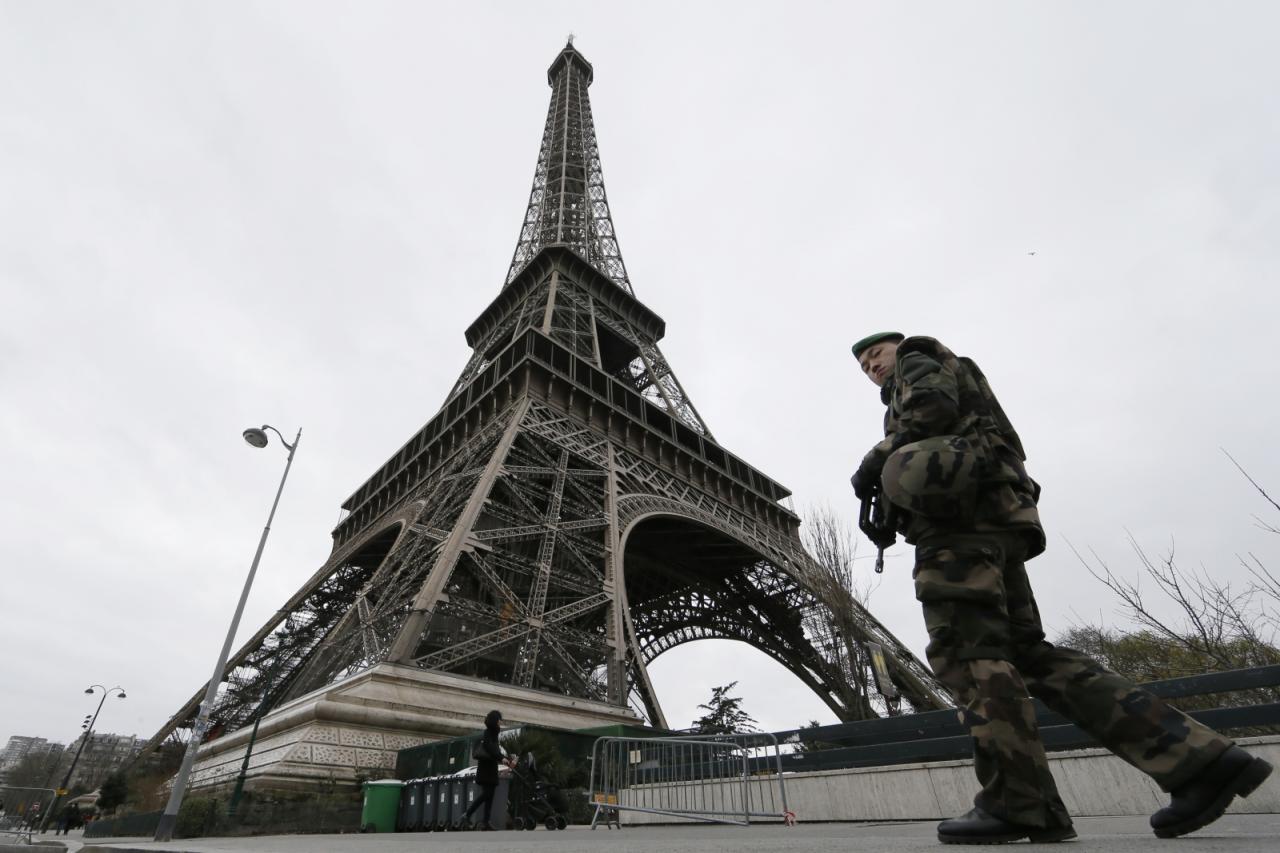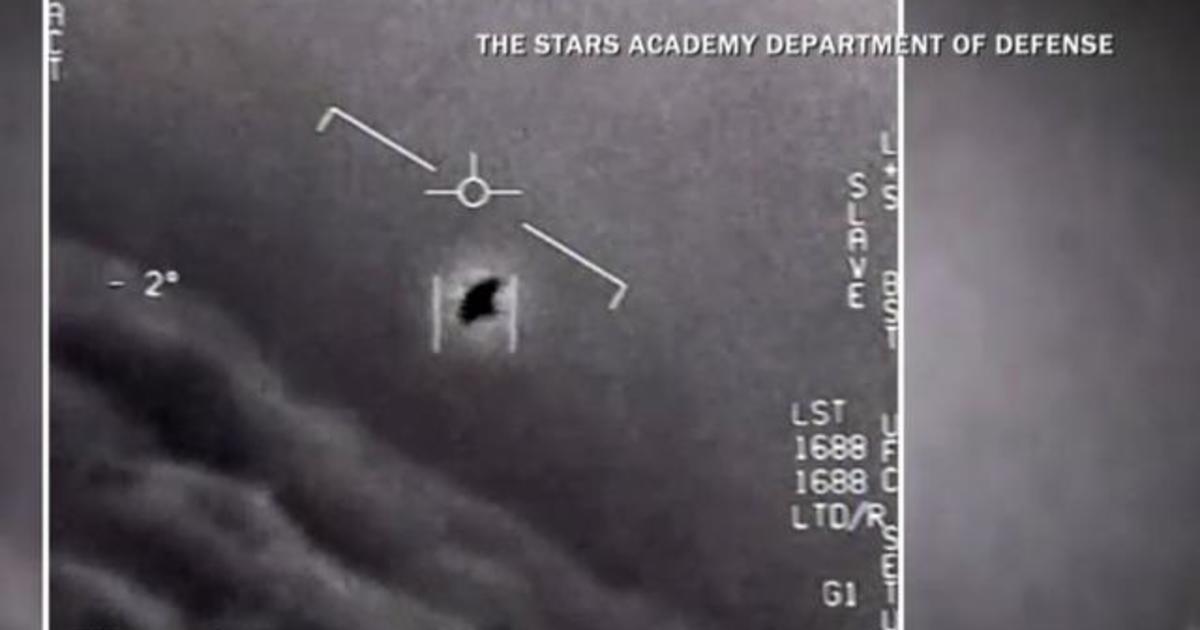Mystery drone sightings are increasingly common, sparking curiosity and concern. These unidentified aerial vehicles (UAVs) present a fascinating puzzle, blending technological advancement with potential security risks. From their physical characteristics and possible origins to detection methods and countermeasures, the world of mystery drones offers a compelling blend of intrigue and real-world implications. This exploration delves into the various aspects of these enigmatic craft, examining potential scenarios and the challenges they pose.
We’ll examine different types of drones, comparing their capabilities and how those might relate to a mystery drone sighting. We’ll also discuss possible origins – from accidental releases to intentional deployments by various actors, each with their own motives. Finally, we’ll look at how these drones are detected, the security threats they represent, and the ethical and legal considerations surrounding their presence.
Unidentified Aerial Vehicle (UAV) Characteristics
Mystery drones, or Unidentified Aerial Vehicles (UAVs), present a fascinating enigma. Understanding their physical attributes and technological capabilities is crucial to unraveling their origins and purposes. This section will explore the typical characteristics of these enigmatic aircraft, comparing them to known drone technologies.
Physical Attributes of Mystery Drones
Descriptions of mystery drones often vary widely. Size estimates range from small, quadcopter-like devices to larger, potentially fixed-wing aircraft. Materials are largely unknown, but possibilities include lightweight composites like carbon fiber, or even more durable materials depending on the drone’s intended purpose and origin. Propulsion systems could include electric motors (common in commercial drones), internal combustion engines (for longer range), or even more advanced, less easily identifiable systems.
Technological Capabilities of Mystery Drones
The technological sophistication of mystery drones is highly speculative. Potential capabilities include high-resolution cameras capable of capturing detailed imagery, potentially with thermal or infrared capabilities. Flight range could be substantial, depending on the size and propulsion system. Payload capacity might range from carrying small sensors to potentially delivering a small package. The existence of advanced features like autonomous navigation, sophisticated communication systems, or even jamming capabilities remains a possibility.
Comparison of Drone Technologies

Various drone technologies exist, each with unique applications. Understanding these differences helps to contextualize potential explanations for mystery drone sightings. The following table compares military-grade, commercial, and hobbyist drones, highlighting features relevant to a mystery drone sighting.
| Type | Size | Capabilities | Detection Difficulty |
|---|---|---|---|
| Military-Grade | Variable; can be very large | Advanced sensors, long range, stealth capabilities, high payload capacity | High; designed for stealth and evasion |
| Commercial | Small to medium | High-resolution cameras, GPS navigation, moderate payload capacity | Moderate; detectable with readily available technology |
| Hobbyist | Small | Basic cameras, limited range, low payload capacity | Low; easily identifiable and traceable |
Possible Origins and Purposes of a Mystery Drone
The origin and purpose of a mystery drone are often the most challenging aspects to determine. Several scenarios must be considered, ranging from accidental release to deliberate deployment for various purposes.
Potential Scenarios for Origin
A mystery drone could originate from various sources. Accidental release from a legitimate owner is a possibility, perhaps due to malfunction or loss of control. Intentional deployment could involve military operations, corporate surveillance, or even an individual with malicious intent. While less likely, naturally occurring phenomena (though extremely improbable) can’t be entirely ruled out, though this would require highly unusual circumstances.
Potential Purposes of a Mystery Drone
The purposes a mystery drone could serve are diverse. Surveillance is a primary possibility, with data collection for various purposes (environmental monitoring, urban planning, or even espionage) also highly plausible. Research applications are possible, though unlikely to explain all mystery drone sightings. Illicit activities, such as smuggling or reconnaissance for criminal enterprises, must also be considered.
Potential Actors and Motivations
Identifying the actors behind mystery drone deployments is crucial. Government agencies might deploy drones for intelligence gathering or national security purposes. Corporations could use them for surveillance, market research, or infrastructure inspection. Individuals might deploy drones for recreational purposes, but also for malicious activities such as vandalism or even more serious crimes.
- Government: Espionage, national security, border surveillance.
- Corporations: Market research, infrastructure inspection, security.
- Individuals: Recreation, vandalism, illicit activities.
Methods of Detecting and Tracking a Mystery Drone
Detecting and tracking unidentified aerial vehicles requires a multi-faceted approach, combining various technologies and investigative techniques.
Detection and Tracking Methods
Radar systems can detect moving objects in the air, including drones, providing range and velocity information. Visual observation, although limited by range and visibility, can provide crucial details about the drone’s appearance and flight characteristics. Radio frequency analysis can identify the drone’s communication signals, potentially revealing its origin or purpose. Advanced sensors like thermal imaging can detect the heat signature of a drone, even in low-light conditions.
That mystery drone buzzing around your house? It might be trying to connect to your Wi-Fi. First, you need to figure out if you’re running on 2.4 GHz or 5 GHz; check by following these simple steps on how to check your wifi ghz on iphone. Knowing your GHz will help determine if your network is compatible with the drone’s capabilities and maybe even identify the type of drone it is.
Then, you can start investigating that mysterious buzzing further!
Acoustic sensors can detect the sound of drone propellers, aiding in location and tracking.
Effectiveness of Detection Methods, Mystery drone

The effectiveness of each method varies. Radar has a long range but may not provide detailed information. Visual observation is limited by range and weather conditions. Radio frequency analysis can be effective but requires specialized equipment and expertise. Thermal imaging and acoustic sensors offer good accuracy but are limited by range and environmental factors.
Cost also varies significantly across methods.
That mystery drone sighting near the ferry terminal got me thinking – maybe they were testing something related to the onboard tech? I mean, you’d think improving things like bc ferries wifi would require some serious aerial surveying. Anyway, back to the drone; its unusual flight pattern still has me scratching my head.
Investigating a Mystery Drone Sighting
A flowchart illustrating the steps involved in investigating a mystery drone sighting would start with initial detection (visual, radar, or other sensor), followed by data collection (witness accounts, sensor data, imagery), analysis (determining size, speed, trajectory, and potential origin), and finally, potential identification through comparison with known drone models or tracking down potential owners.
Security and Countermeasures Related to Mystery Drones
The security risks associated with unidentified drones are significant, necessitating effective countermeasures.
Security Risks of Mystery Drones
Unauthorized drones pose several threats, including espionage (surveillance and data theft), sabotage (attacking critical infrastructure), and terrorist activities (delivering explosives or other harmful materials). The potential for disruption to air traffic and public safety is also a serious concern.
Countermeasures Against Unauthorized Drones
Various countermeasures are being developed and deployed to mitigate these threats. Drone detection systems utilize radar, optical, and RF sensors to identify and track unauthorized drones. Jamming technology disrupts the drone’s communication signals, rendering it inoperable. Net-based capture systems physically capture drones in flight.
Ethical and Legal Implications
Deploying countermeasures against mystery drones raises important ethical and legal questions. Jamming technology, for example, could interfere with legitimate drone operations. Data collected during investigations must respect privacy rights. Airspace regulations and international law must be carefully considered.
- Data privacy and protection
- Airspace regulations and restrictions
- International law and jurisdiction
- Proportionality of response to the perceived threat
- Potential for collateral damage or unintended consequences
Illustrative Examples of Mystery Drone Incidents

A hypothetical scenario can illustrate the challenges involved in investigating a mystery drone sighting.
That mystery drone sighting has everyone buzzing, especially since trying to track down info online is proving tricky. If you’re having trouble researching it, you might find yourself in the same boat as many others who are reporting that ChatGPT, a helpful tool for research, is chatgpt not working right now. Hopefully, the drone mystery will be solved soon, along with the ChatGPT issues!
Hypothetical Mystery Drone Sighting
Imagine a large, black, triangular drone silently flying over a military base at night. Witnesses describe it as having no visible markings or lights, moving swiftly and silently. The drone is detected briefly by radar, but disappears quickly. Subsequent investigation involves analyzing radar data, reviewing security camera footage, and interviewing witnesses. Despite extensive efforts, the drone’s origin and purpose remain unknown.
Description of a Fictional Mystery Drone
The drone is approximately 3 meters in wingspan, with a sleek, dark gray, triangular fuselage. It is almost entirely silent during flight, moving with remarkable speed and agility. It has no visible markings or lights, making visual identification extremely difficult. Its flight path suggests a high degree of sophistication and pre-programmed navigation.
Reporting and Investigation
The sighting would be reported to the appropriate authorities (military, law enforcement, or air traffic control). The investigation would involve collecting evidence (witness statements, radar data, potential sensor data), analyzing the data to determine the drone’s flight path, speed, and capabilities, and then attempting to trace the drone back to its source. This may involve analyzing any recovered debris, if available, or investigating potential actors who might have deployed such a drone.
Concluding Remarks
The mystery surrounding unidentified drones highlights a complex interplay of technology, security, and ethical concerns. While their potential for misuse is undeniable, understanding their characteristics, origins, and detection methods is crucial for mitigating risks. As drone technology continues to advance, so too must our strategies for identifying and addressing the challenges posed by these enigmatic aerial vehicles. The ongoing investigation into mystery drones is a testament to the evolving landscape of modern security and the need for continuous vigilance.
FAQ Section
What are the common sizes of mystery drones?
Sizes vary widely, from small, hand-launched models to larger, more sophisticated systems. This makes identification difficult.
How fast can mystery drones fly?
Speeds depend on the drone’s design and capabilities, ranging from slow, almost imperceptible flight to high speeds.
Can hobbyist drones be mistaken for mystery drones?
Yes, the appearance and flight characteristics of some hobbyist drones can overlap with those of mystery drones, making identification challenging.
What legal ramifications are there for operating an unregistered drone?
Operating an unregistered drone can lead to significant fines and legal consequences, varying by jurisdiction.
